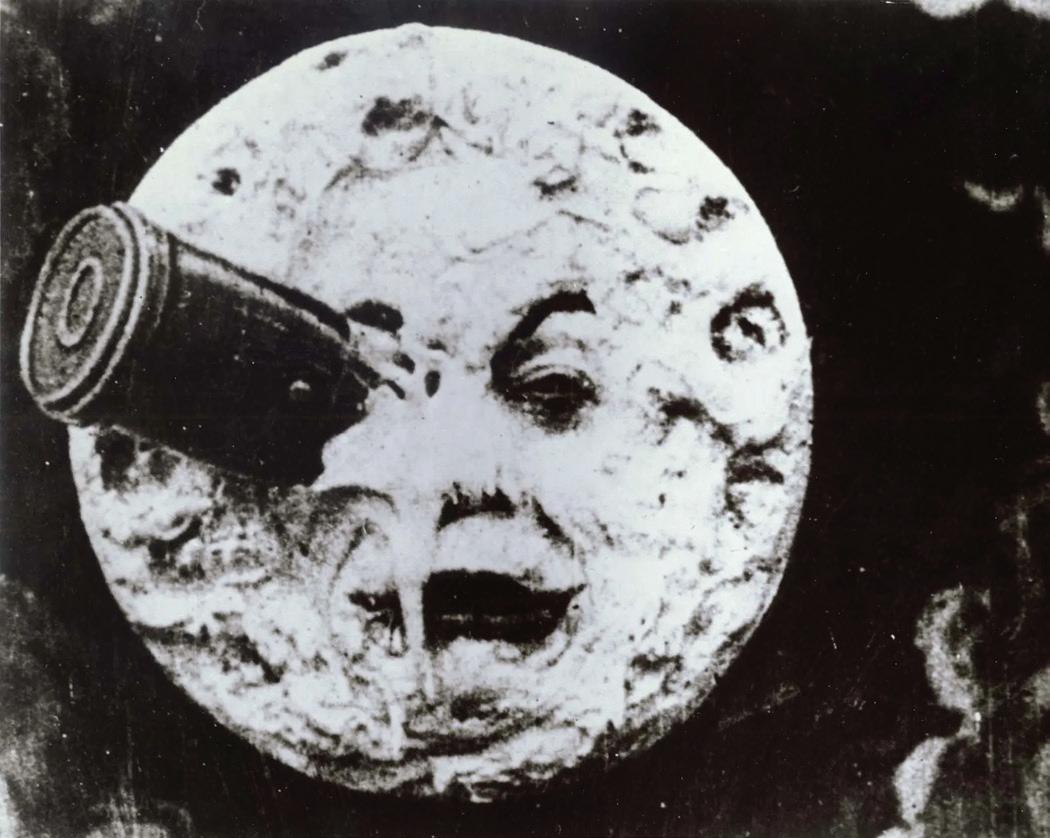
2 minute read
Photography: A Glimpse into the Past
The invention of photography has provided a more comprehensive look into history. It is one of the many reasons the Gilded Age is such a fascinating era. Photography allows the viewer to further immerse themselves into the past, looking at moments frozen in time in such detail that wasn’t possible before, weaving complicated narratives about the subjects of their photos.
Photography has existed since the 1800s, first using a process called heliography, a method invented by Joseph Nicéphore Niépce. By using a Camera Obscura and a Pewter plate, Niépce created the earliest surviving photograph.
Thomas Edison filed for a patent on October 17, 1888, that described a device that would “do for the eye what the phonograph does for the ear.” Edison’s invention would be called the Kinetoscope, which could only be enjoyed by one viewer at a time.


Earlier methods of photography were impractical and could not lend itself to reprints or transportation through the mail. It was not until 1888 when George Eastman invented the Kodak camera, which used flexible rolls of film, that photography became more practical and open to the hobbyist. “You push the button and we’ll do the rest,” was a famous slogan by Kodak in 1888.
The next step in the photographic evolution was moving pictures. The concept of moving images began in the latter part of the 19th century. In 1879, Eadweard Muybridge invented the Zoopraxiscope to settle a bet on whether all four legs of a horse leave the ground while in a gallop. The attempt to capture it required the use of multiple cameras. The Zoopraxiscope was successful and proved that all four horses’ hooves do leave the ground in a gallop.
Although French-born inventor Louis Le Prince created the first viable motion picture camera, the recognition for the invention of the camera went to Thomas Edison and William Kennedy Laurie Dickson, an assistant working under Edison. Sadly,
Louis Le Prince disappeared while traveling in France before he could present his short films at an upcoming exhibition in New York City. The two short films Louis Le Prince made can be found online.
Another invention that added to the moving-picture experience soon followed called the Vitascope, or projector, granting the ability for entire crowds to watch a film rather than just one person at a time. A Vitascope displayed the image on a surface and allowed larger audiences to view the same film at once. The invention of the Vitascope led to the rise of the first movie theaters, or Nickelodeons as they were called in the early 1900s. The name Nickelodeon was a combination of two words, the cost of the show, a nickel, and the Greek and Roman word for a building that hosted shows, Odeon.
Early films were of simple day-to-day activities such as a train pulling into a station or people walking down a street. When film, camera, and techniques became more advanced, these short films started to incorporate multiple scenes, allowing for more intricate narratives. A French filmmaker, Georges Méliès, organized the Star Film Company and produced the influential 30-scene narrative Le Voyage dans la Lune (A Trip to the Moon).


The Great Train Robbery, produced by Edwin S. Porter, is widely regarded as the first narrative film to attain continuity between action scenes, in a more realistic manner versus the fantasy of Georges Méliès. These films also contributed to the rise of the first movie theaters and eventually the Nickelodeon boom when the number of theaters rose from a few handful in 1904 to the range of 8,000 to 10,000 by 1908.


Stereograph of Henry Flagler

Film footage of Henry Flagler is near non-existent. However, a Stereograph of Flagler was discovered in a collection at the University of California where Henry Flagler was left as “unidentified”, sitting on the Sphinx Marble Benches along the walkway to Whitehall. The Stereograph was very popular during the Gilded Age and was a common fixture in many homes as a means of entertainment. People would bring and share their own stereographic images.







